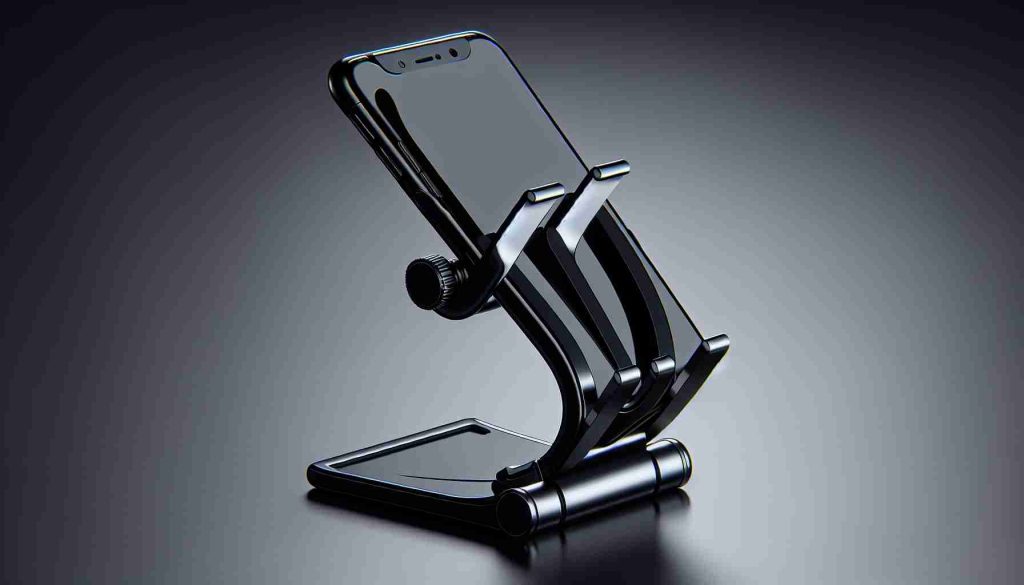A unique foldable smartphone prototype boasting three screens has been unveiled by the Tecno brand. The innovative device, named Phantom Ultimate 2, features a dual folding mechanism that allows it to transform into a compact Z-shape when folded. Despite currently being in the concept stage, the smartphone offers a 6.48-inch screen when folded and expands to a large 10-inch display when unfolded, providing users with a versatile experience.
Market data indicates a significant rise in the sales of foldable smartphones in the Chinese market during the second quarter of 2024. Reports from CINNOResearch reveal that sales reached 262,000 units, marking a 125% year-on-year increase and an 11% growth compared to the previous quarter. This consistent growth trend, now spanning four consecutive quarters, has caught the attention of industry experts who predict a further boost in the foldable smartphone market with the introduction of new models.
Analysts at Shanghai Securities and East Fortune Securities foresee a promising future for foldable smartphones, citing data from IDC and TrendForce. The long-term growth trajectory of foldable phone shipments, coupled with a projected increase in market penetration to 4.8% by 2028, indicates a positive outlook for the industry. Advancements in foldable technology, including Huawei’s triple folding patent, are expected to expand the market further, creating new opportunities for related products like AI ETFs and online consumer electronics ETFs.
Innovations in Foldable Smartphones Leading the Way to a Dynamic Market
The realm of foldable smartphones continues to witness groundbreaking innovations, with companies pushing the boundaries of design and functionality to captivate consumers. While the Tecno brand’s three-screen Phantom Ultimate 2 prototype has garnered attention, several other exciting developments are shaping the landscape of foldable devices.
What are the most recent advancements in foldable smartphone technology?
Recent developments in foldable smartphones have seen companies experimenting with various folding mechanisms, such as rollable displays and clamshell designs. For example, Samsung’s rumored tri-fold smartphone concept promises a unique folding experience, while Xiaomi’s quest for an affordable foldable device aims to democratize this technology. These innovations highlight the industry’s commitment to delivering versatile and immersive user experiences.
What are the key challenges associated with foldable smartphones?
One of the primary challenges facing foldable smartphones is durability. As these devices rely on flexible displays and intricate hinges, ensuring long-term reliability remains a pressing concern. Screen creasing, hinge wear, and dust intrusion are common issues that manufacturers must address to enhance the overall user experience. Additionally, the high cost of foldable smartphones poses a barrier to widespread adoption, limiting their appeal to a niche market segment.
What are the advantages and disadvantages of foldable smartphones?
Foldable smartphones offer the distinct advantage of combining portability with expansive screen real estate. Users can enjoy the convenience of a compact form factor that unfolds into a larger display for enhanced productivity and multimedia experiences. However, the complexity of foldable designs necessitates careful handling to prevent damage, and the added weight and thickness of these devices can impact user comfort. Moreover, concerns regarding battery life, app compatibility, and software optimization persist as manufacturers strive to optimize the overall usability of foldable smartphones.
For more insights on the evolving landscape of foldable smartphones and the latest industry trends, visit TechNews. Stay informed about the future of mobile technology and discover how foldable smartphones are reshaping the way we interact with our devices.




















